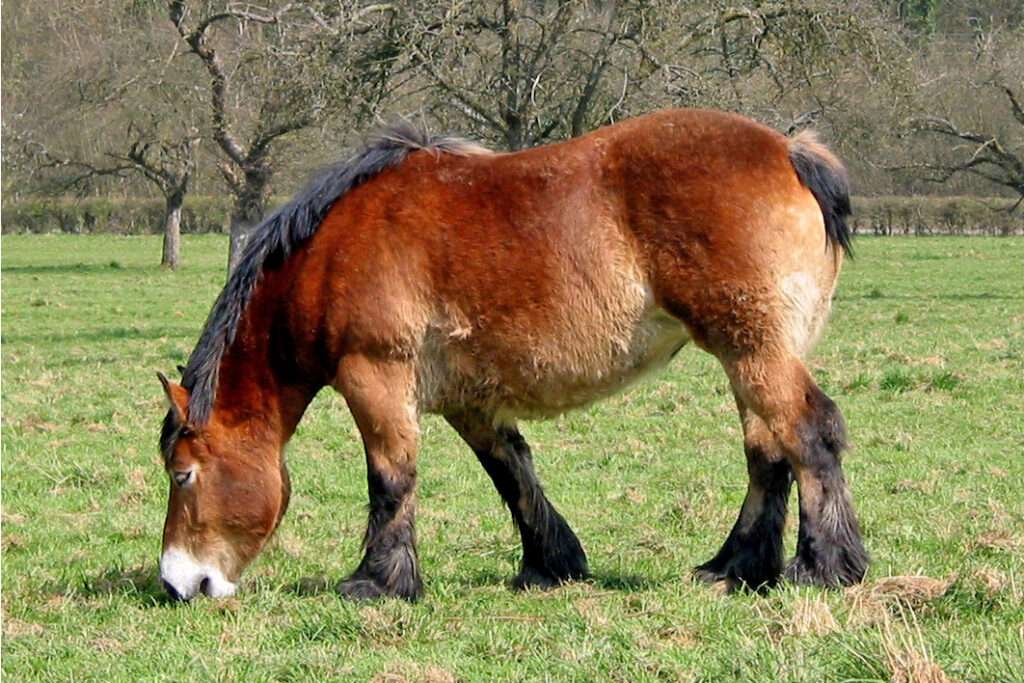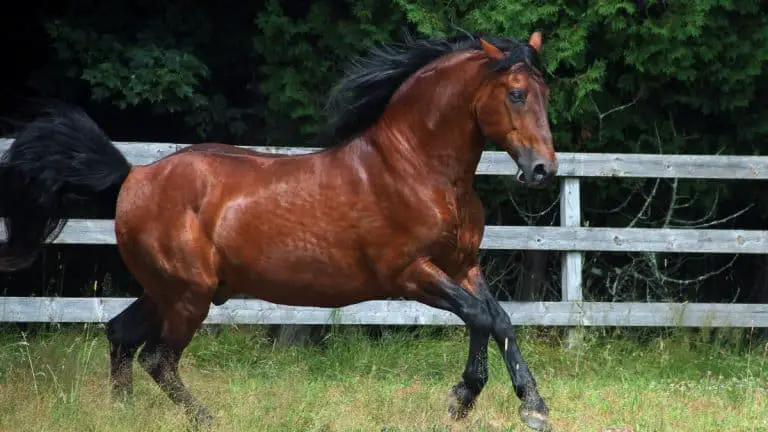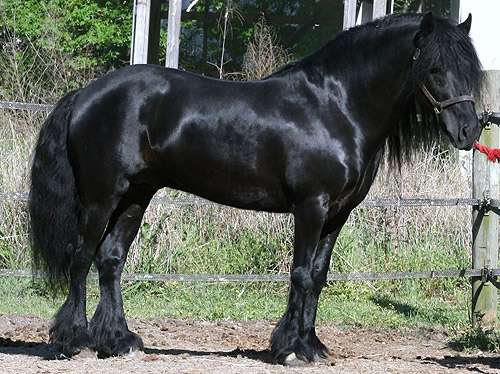
Size
1.5 – 1.6 meters.
Physical Attributes
A big draught breed with a medium build is the Ardennes. The horse isn’t very unique, but its good health, longevity, and charming disposition more than make up for it. It has a large eye and a massive head. Short and thick describe the neck. The shoulders are highly muscled, the back is short, and the chest is wide.
Characteristics and Genetics
Count C.G. Wrangle introduced the huge Ardennes horse to Sweden in 1872 in order to breed heavier horses. Most of central and southern Sweden had imported or crossed the Ardennes by 1880. These larger horses were developed through breeding with the rural Swedish horse. The resultant horse was long-lived and extremely mobile. The breeding program was so effective that a stud book was established in 1901.
In Sweden, other imported breeds were haphazardly bred with the wild horse population. Horses were still chosen more for their outward appearance than for meeting rigorous conformation standards even after studs started concentrating their breeding efforts All of this had altered by 1874, and a horse descended from Swedish Warmblood, Swedish Ardennes, or North Swedish Horse ancestry could only be enrolled into a stud book after passing an examination.
The Swedish Ardennes were developed in order to produce a larger horse than the native Swedish horses. In Sweden, the popularity of farming increased in the late 1800s, necessitating the use of horses for harder work than the local country horse could manage.
Reproduction and Uses
The Ardennes is prized for its meat in European nations including France, Germany, and Switzerland due to its exceptional muscling. Due to its robustness, the breed is also excellent for forestry and agricultural labor. Due to their wonderful temperaments, they can also be riding horses and therapeutic riding mounts. They are frequently employed for competitive driving.
The Ardennes has been introduced to other draught breeds even though this breed is still being developed and bred. It assisted in the growth of the Trait du Nord and the Sokolsky horse.
Care Instructions for an Ardennes Horse as Pet

Nutrition and Diet
Because they are often simple to maintain, Ardennes horses are less expensive to maintain than certain other draught breeds. They may thrive on fodder of poorer quality thanks to their hardiness. These horses are so easy to maintain that owners may need to limit their access to lush grass since it can make them gain weight and perhaps induce foundering.
Environment, Conditions, & Setup
These horses fall into the “easy keepers” category. This indicates that they are easy to care for and don’t require much attention. They are independent, resilient creatures instead. Given their size and the environment in which they developed, they are not very vulnerable to harsh weather.
All horse breeds with feathers are prone to skin irritation in this area.
Yes, these horses do require some grooming. Their hooves will also need particular maintenance because they have a lot of feathering. It will be required to groom the feathering, even braid it if the owner doesn’t want it to become dirty and wet.
Grooming
Regular, thorough grooming will be beneficial for the Ardennes. Currying can aid in enhancing the coat’s gloss. This breed needs extra treatment because of the thick feathering on its fetlocks and hooves. The horse may suffer scratches if that feathering is frequently damp and muddy, therefore combing and even braiding that feathering may be important.
Table





